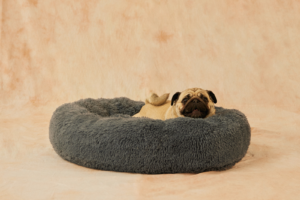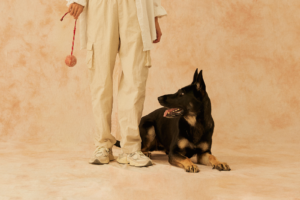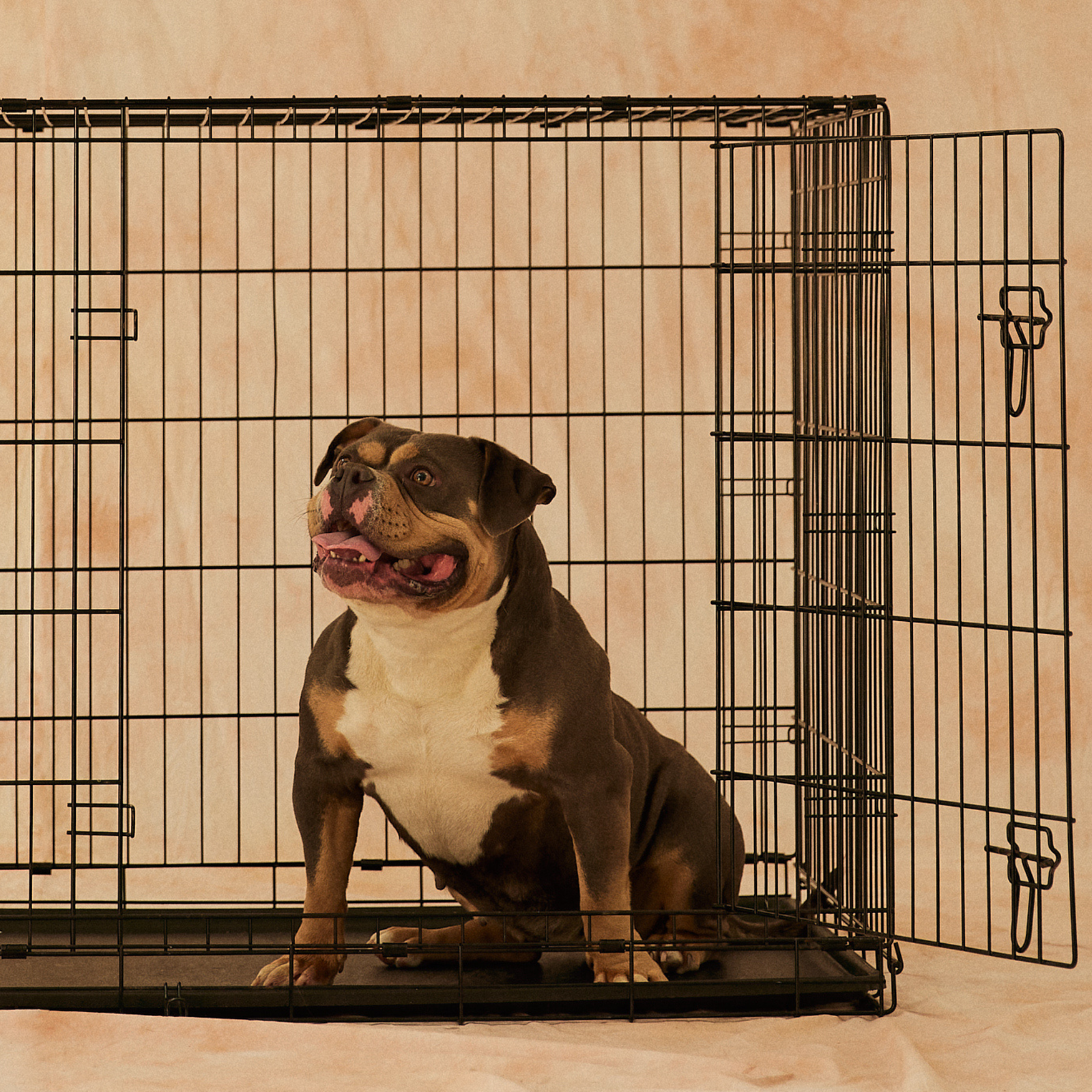Crate training is one of the most effective and versatile tools in dog training. Whether you’re a new puppy parent or an experienced dog owner, a crate can help ensure your dog’s safety, comfort, and well-being while supporting good behaviour. Imagine it as your dog’s own room where they can go to when they want a break and a place where they can safely relax while you run errands. In this article, we’ll explore the benefits of crate training, provide crate training tips, and outline common mistakes to avoid for a smoother experience during crate training.

The Benefits of Crate Training
1. Provides a Safe Space for Dogs
Dogs are naturally den animals, and a crate can become their personal sanctuary. It offers a secure, cosy retreat where your dog can relax, rest, or escape overwhelming situations. This is especially important for building a sense of security in puppies and anxious dogs.
2. Supports Housebreaking
A crate is an invaluable tool for housebreaking puppies. Dogs instinctively avoid soiling their sleeping area, helping them learn bladder and bowel control. By combining crate training with a consistent potty routine, you’ll see faster results in teaching your dog where to go.
3. Reduces Anxiety and Stress
When introduced correctly, a crate can help ease your dog’s anxiety in stressful situations like fireworks, thunderstorms, or visits from strangers. It provides a familiar, calming environment that reassures them during these events.
4. Promotes Safe Travel
Crates keep your dog secure during car rides and flights, reducing distractions and ensuring their safety. It also helps dogs feel more comfortable in unfamiliar settings by bringing along their familiar space.
5. Prevents Destructive Behaviour
When you can’t supervise, a crate protects your home (and your dog) from unwanted chewing or destructive behaviours. It helps keep your dog out of trouble, especially during the puppy teething phase.
Tips for Successful Crate Training
1. Choose the Right Crate Size
Select a crate that allows your dog to stand, turn around, and lie down comfortably. Avoid crates that are too large, as this can lead to accidents in one corner of the crate.
2. Gradually Introduce the Crate
When starting crate training, first leave the door open and allowing your dog to explore the crate on their own. Use toys or treats to make the experience positive and inviting.
3. Use Positive Reinforcement
Reward your dog with treats, praise, or playtime whenever they enter or relax in the crate. This helps your dog associate the crate with positive experiences.
4. Create a Cosy Environment
Line the crate with a soft bed or blanket and add a few of your dog’s favourite toys. A comfortable crate encourages your dog to use it willingly.

5. Begin with Short Sessions
Keep initial crate sessions short, gradually increasing the time as your dog becomes more comfortable. This step is crucial for puppies, who may need more frequent breaks.
6. Make Mealtime Special
Feed your dog in their crate to create positive associations. This helps them view the crate as a safe and enjoyable place.
Common Mistakes to Avoid
1. Using the Crate as Punishment
Never force your dog into the crate as a form of discipline. This creates negative associations and can make your dog fearful of the crate.
2. Leaving Your Dog in the Crate Too Long
Avoid keeping your dog crated for extended periods.
3. Rushing the Process
Take your time to introduce the crate gradually. Skipping this step can lead to resistance or anxiety in your dog.
4. Ignoring Exercise and Stimulation
Crate training works best when your dog’s physical and mental needs are met. Ensure your dog gets enough exercise, playtime, and enrichment outside the crate.

Crate Training: Patience Pays Off
Crate training is a process that requires consistency, patience, and positive reinforcement. When done correctly, it provides a safe and comforting space for your dog while simplifying your life as a pet parent. Follow these tips, avoid common mistakes, and remember to celebrate your dog’s progress along the way.
With time and dedication, your dog will come to see their crate as their happy place—not just a training tool. For more guidance and training resources, explore our app and download it for free today, we created a step-by-step module on Crate Training in the Puppy School program.




